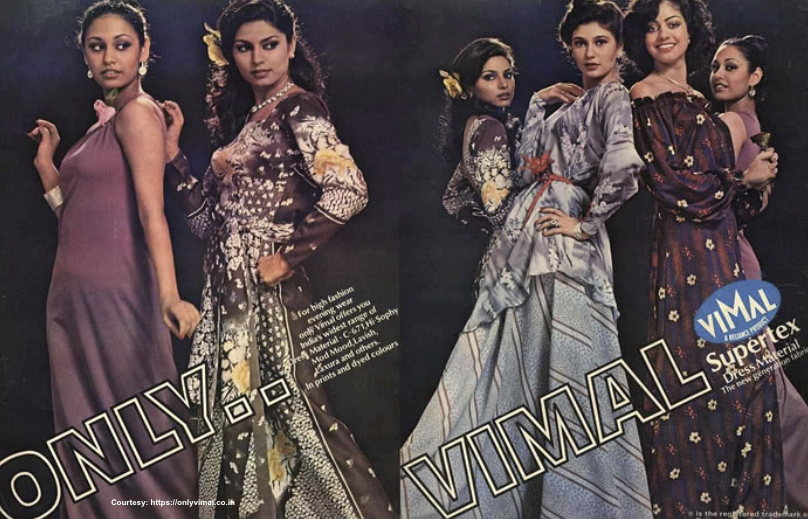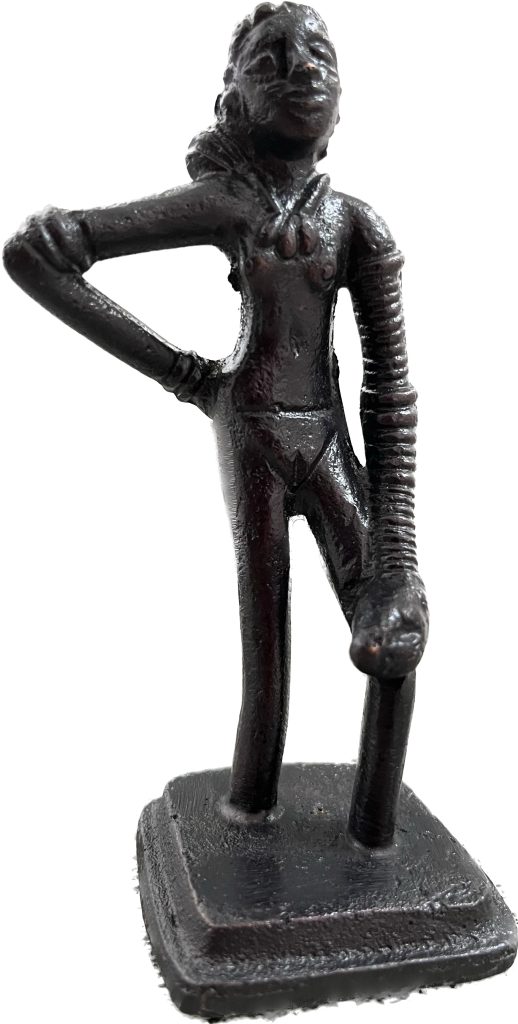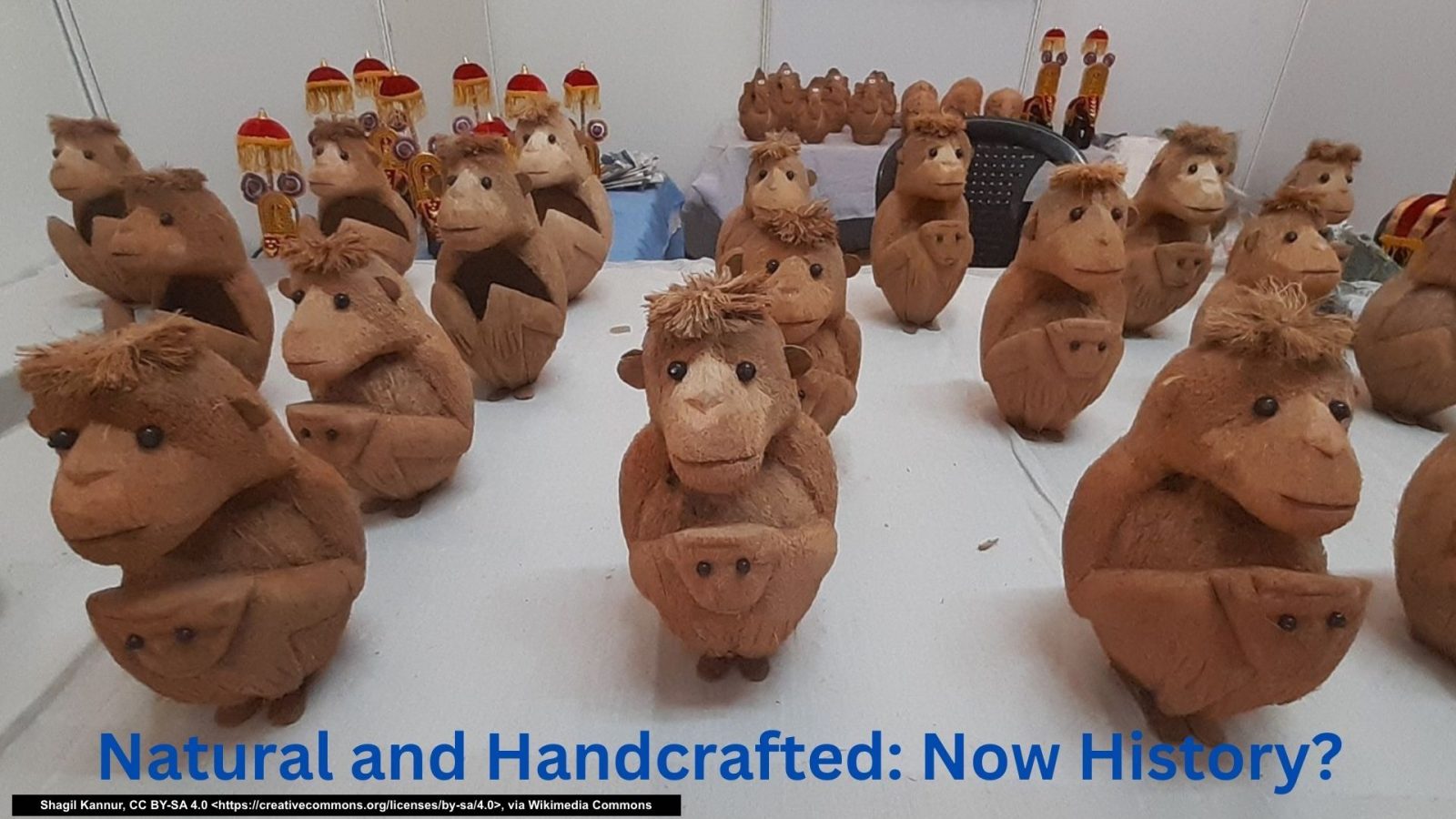By Sandhya Sridhar
India’s art forms are all stepped in history. Each of them is richly imbued with living philosophies that have been taken forward in modern times. Yet, there are quite a few of them that have fallen off the grid thanks to lack of patronage or other reasons. Many forms of handloom, for example, have become history, or are facing extinction.
Of course, in the modern era, it is but natural that affordable and mass-made merchandise of all kinds are the ones that would survive. This is because any handmade item, be it clothing, craft or art, become expensive and valuable thanks to the work and talent of the artisan.
Every region in India has found expression in art and craft using the locally available resources to create them. As with everything else in the country, it is the problem of plenty. We have so many diverse forms and each so unique, we take them for granted. While most other countries celebrate and revere the little, they have, India seems to not to see what is right before her: mainly because not just that they have been there forever and we see them everywhere.

A coconut frond toy
As children, we were taught to craft toys like whistles, animal and bird forms and others, using the frond and spine of the coconut tree. It was a thrill when we actually made them. But the biodegradable nature of the toy meant that its life was short. Besides, that was the time when colourful plastics were making inroads into the market. Plastics toys looked attractive, were easy on the pocket and for some reason, were desirable since they were durable. Today, it’s this very ‘durability’ of plastic that has fast degraded the environment.
What was once made from just wood, metal or even mere leaves and sticks, began to be replaced by plastic. So much so that, the plastic form was preferred since it would be light, easy to use or play with and last longer. Decades later, we are still reeling from this ‘plastic revolution’.
Similarly with clothing, synthetics like polyester and rayon replaced cottons and soared to popularity in the 80s and 90s just for their shiny newness on the fashion stage. Brands selling these synthetic materials, and saris in beautiful new designs, eclipsed the home grown cotton, handwoven or machine woven from mills. One would remember the material ‘terelene’ that was so popular! Khatau, Binny, Bombay Dyeing, and of course, Vimal! Vimal, of course, became a household name with its polyester blended fabrics and yarns, which encompassed a whole range of clothing like suiting, shirt material, saris and the like. Vimal became quite the brand name at that time, offering the customer stylish and wearable fashion. All this of course, put the homegrown fabric, cotton, to pale.

An Only Vimal ad that shows off ‘Supertex’ dress material
There is one art form that has stayed with us since the Indus valley days: the lost wax technique. Remember the famous dancing girl form discovered in Mohenjo-Daro? Well, she was crafted from this technique, and sadly, this form of art creation is dwindling too thanks to the reduced number of craftsmen practising it. The dancing girl, incidentally, stands proud in the National Museum in New Delhi.

The dancing girl, the popular icon of the Indus Valley
Similarly, there is art of puppetry, that was probably the precursor to the stage and the cinema, and was used to tell stories by travelling troupes, that find no takers anymore. The reason stares us in the face. These belong to a time when people lived less busy lives and did not have the television or the mobile phone to take up every moment of their time awake. The wheel has turned and we have reached a point in time when we cannot go back. Yet, we never know – there may come a time when there is some sort of an epiphanic electronic apocalypse – and we may discover tradition anew.












Leave a Reply